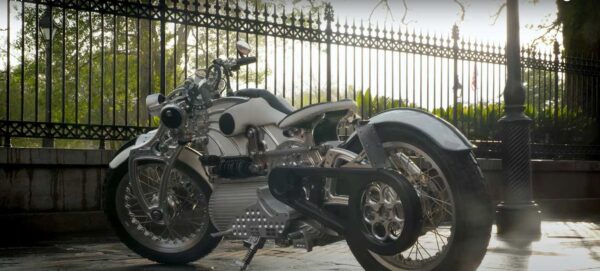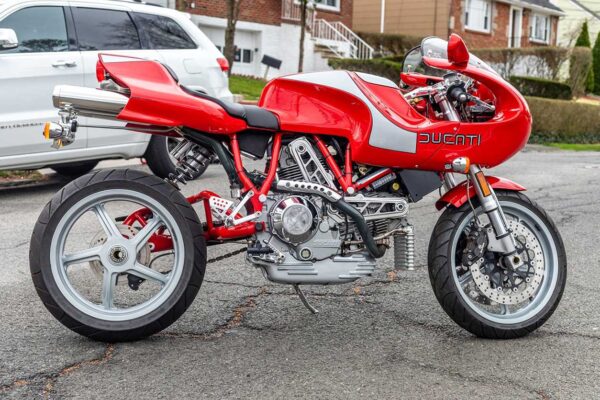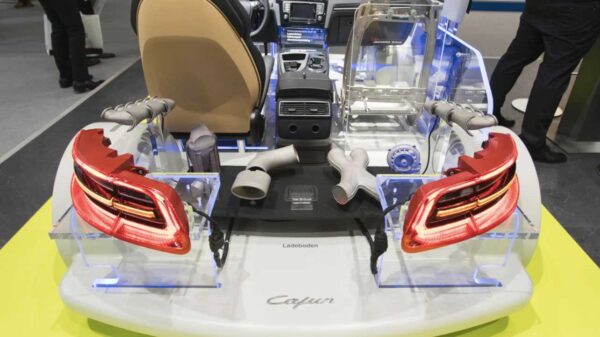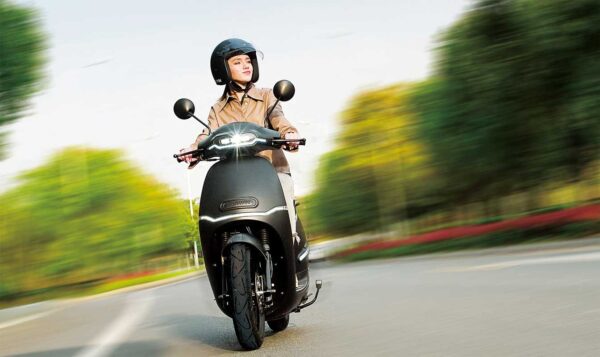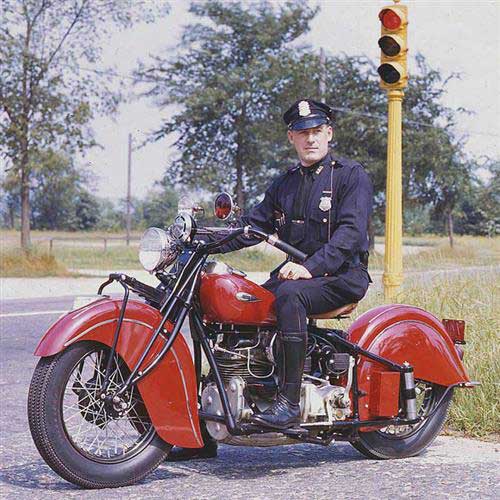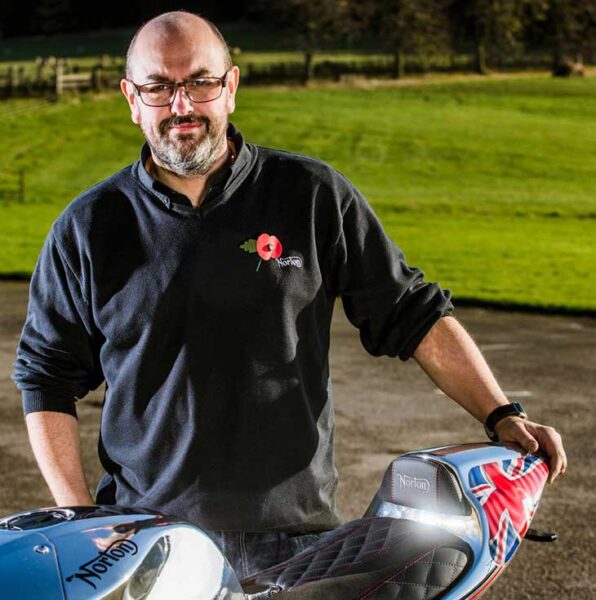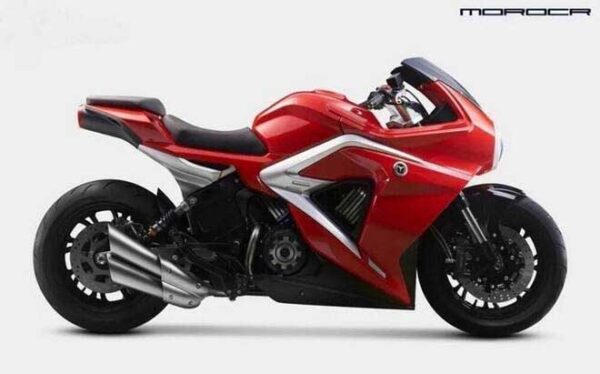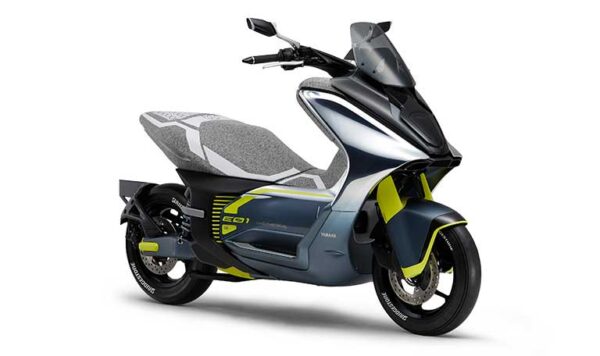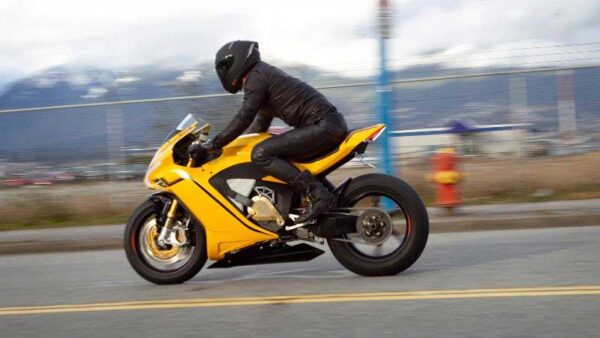Luxury E-Motorcycle from Curtiss
by Otilia Drăgan from https://www.autoevolution.com Forget about any other electric motorcycle you’ve seen. Curtiss Motorcycles tosses all preconceived notions aside, to bring the slimmest, most balanced and unique luxury e-motorcycle out there. If you were still waiting for the One, this could be it. Known for its exquisite designs, Curtiss is teasing a new model that breaks a lot of taboos when it comes to electric motorcycles. Tantalizingly-named The opposite of death (a literary reference pointing to this new model being the object of desire), the teaser shows a uniquely-looking bike that seems to float effortlessly, while also exuding maximum confidence. What is the one? Something that is a perfect fit for you and something that becomes one with you. With a 20% lower center-of-gravity and a width that is reduced by 45%, this incredibly slim bike is truly ergonomic, easy-to-mount and comfortable, making you feel integrated with it. The lower seat and increased ground clearance keep you perfectly balanced on the road. Puristic reductionism is not an abstract notion here, but the very core of this bike’s design. The One is completely stripped – no transmission, no shifting, no clutch. Power is sent straight from the engine to the rear wheel via the belt drive, and you are directly connected to the bike. As Curtiss designer JT Nesbitt puts it, the space in your mind that was previously focused on managing the combustion engine, and overpowered by the noise and the heat of it, is now free to enjoy everything else. No more noise, no more overheating, just pure control and precision. And, speaking of purity, you gotta love these guys’ boldness – in an era where everybody is pushing the connectivity button, Curtiss just tosses digitalization away, calling it a distraction from the riding experience. That’s right – […]
Luxury E-Motorcycle from Curtiss Read More »

